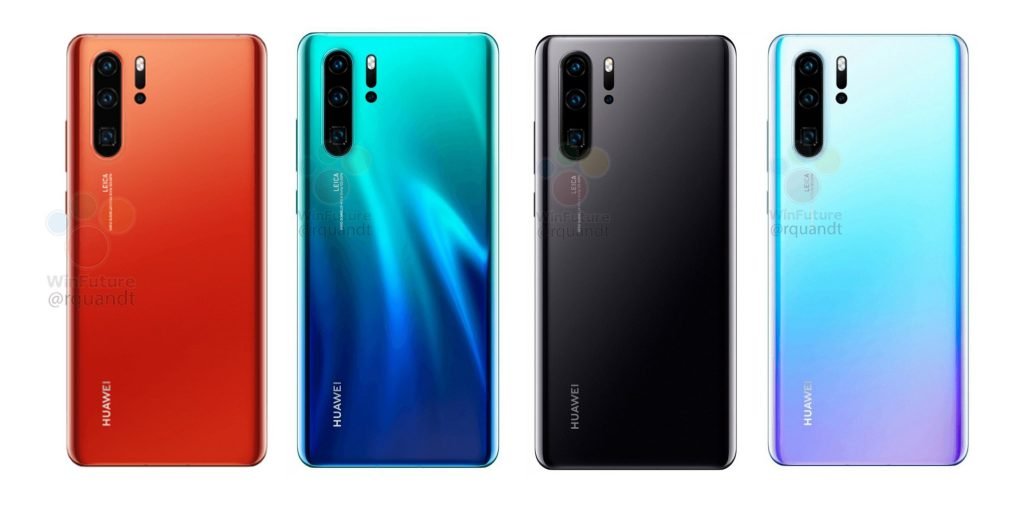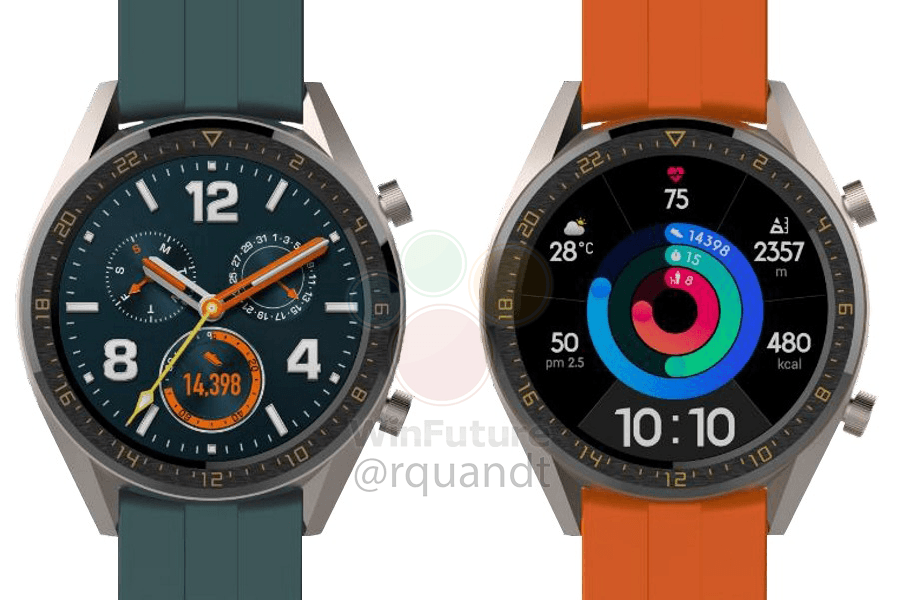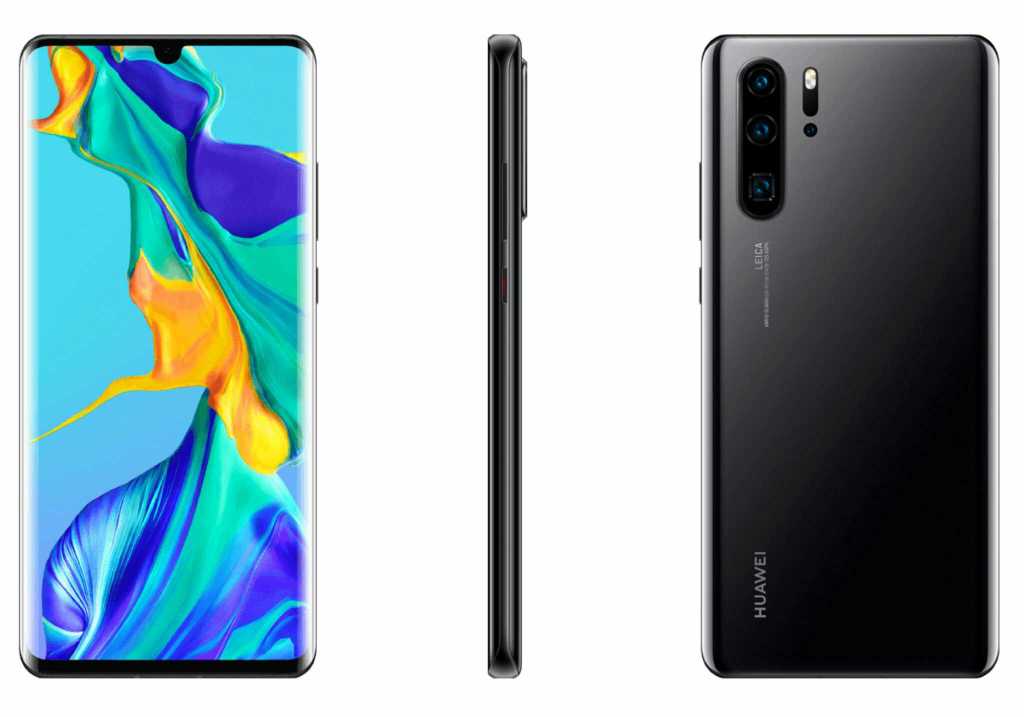As the focus in Australia shifts from 5G carrier projects, Huawei is doubling down on its consumer efforts with what could be the brand’s biggest smartphone launch yet. Huawei has made a big effort in the past, but from what we’re hearing, the P30 series launch in Paris on 26 March could well go above and beyond.
Huawei has as much as confirmed the P30 series is coming, with the P30 Pro to take the headlines. The company will also launch a P30 handset, and there are rumours (though not strong ones) that a P30 Lite might debut as well.
These days, though, a smartphone launch by itself isn’t enough. It wouldn’t be a Huawei event without announcing something else, and rumours are suggesting it’ll be some new wearables.
Let’s start at the top.
Huawei P30 series smartphones
While two smartphones are all but confirmed, a third is somewhat less likely. While we may see a P30 Lite announced on stage, these typically do not come to Australia and usually head elsewhere. We may see a P30 Lite launch locally later in the year under the Nova branding, but watch this space.
As with last year’s Mate 20 series, the P30 series will be powered by the Kirin 980 powerhouse processor announced at IFA last year. With enhanced Dual AI capabilities, we’ve already seen what this beast can do in the Mate 20 line, and the P30 series will bring that power to the P line as well.
Though configurations will vary, we’re given to understand the P30 Pro will use an OLED panel with 6.47-inch display, and a slightly smaller 6.0-inch display on the P30. Following feedback on the size of the Mate 20 notch, it’s almost certain Huawei will keep the P30 notch minimal, with a teardrop camera cutout only; other sensors will be removed.
This leaves some question as to where the earpiece speaker will be. We’ve heard rumours of an in-display speaker, or a minimal one at the top of the display. The renders we’ve seen don’t make this apparent, so we’ll have to wait and see on that one.

Configuration-wise, we don’t expect Huawei to make any mistakes. We’re anticipating the P30 will feature a 6GB/128GB configuration, and the P30 Pro will step that up to 8GB RAM and storage options between 128GB and 512GB. Which precise variants we’ll see locally in Australia remains to be seen.
Photography is the focus of the P series, and we’re expecting great things from Huawei’s P30. A triple camera rear array is all but confirmed, and while the composition is a little up in the air, here’s what’s rumoured:
- 40MP main sensor
- 16MP ultra-wide sensor
- 8MP telephoto
It’s on that last point that we’re expecting the P30 Pro to absolutely shine – with rumours Huawei will incorporate a periscope style horizontal optical zoom setup, it’s suggested the Huawei P30 Pro will feature up to 10X hybrid zoom. Given the marketing material doing the rounds, a high zoom figure is almost certain.
There’s also talk of a Time Of Flight sensor for the P30 Pro, which will aid in portrait photography and more. Will we also see Huawei adopting the AR-style measurement apps? With a ToF sensor, it’d be a shame not to.
On the front, renders show a single camera, and rumours suggest it’ll be a monster 32MP sensor with a reasonably fast aperture for great selfies and bokeh effects. Huawei’s AI will be quite helpful here too.
The 5G question
Following the announcement of the Huawei Mate X 5G foldable in February, there is a big question mark over whether Huawei will jump to 5G for the P30 series.
There’s no reason they couldn’t do so; Huawei has the technology in the Balong 5000 modem right now. It’s more a question of whether the company things the consumer market is ready for 5G yet, and whether the consumer will wear the price increase that it brings.
My take is that, no, we won’t see a 5G variant available yet. I’d be more inclined to think the Mate 30 series towards the end of the year might be Huawei’s consumer jump to 5G, but watch this space.
A sea of colours
It’s somewhat difficult to predict what Huawei will do in the area of device colours; typically we see a number of variants announced, and a subset make their way to Australia depending on retail and carrier demand.
Huawei are tipped to continue their pattern of a variety of colours, including the staple black, as well as something a bit more nuanced as we saw with the P20 Pro Twilight colouring.
Expect the carriers to offer whatever’s made available, and undoubtedly we’ll see retail support for any colour options available – it shouldn’t be an all-black affair this year.
Rounding out the reports, Huawei’s P30 series will launch with Android 9 Pie, with EMUI over the top. Though rumours haven’t touched on this, I’d be amazed if we don’t see some tweaks to EMUI from the Mate 20 series launch, but precisely what those will be, no one knows.
If we’re seeing a ToF sensor, expect there to be an app that makes some good AR use of it. Beyond that, any incremental improvements are always welcomed.
What else will Huawei launch?
After launching the Huawei Watch GT last October, rumours are now suggesting Huawei will double down on wearables and launch two new smartwatches – the Huawei Watch GT Active and GT Elegant.
Though a bit of a mouthful, we’re broadly expecting the same hardware with a slightly different package; different bezels, flatter buttons, different bands etc.

Broadly, though, these new Watch GT variants will be much the same as that launched last year, with Active-style bands on the Active, and some real leather options for the Elegant.
Will these become available in retail locally? The Watch GT didn’t, and I’m kind of expecting these new watches may not either. It’s a question of whether Huawei is going to back itself here – it has a good product, if it can get the messaging right.
When and how much?
Launching a bit later in the year, Huawei really can’t afford to take long to bring the P30 series to market. Given the timeframes Huawei typically follows, my money is on a launch in mid to late April locally, which gives the P30 series plenty of oxygen until there’s a new Huawei phone launched in about six months’ time.
What about the P30 Lite (or Nova something)? Well, if it comes here at all, I’d suggest it’ll be later in the year. Pricing there is anyone’s guess, but as a mid-range handset, something in the realm of $400 to $600 feels about right.
As for Australian pricing for the P30 and P30 Pro, we’ve got mixed signals. On one hand, Huawei’s pricing has been creeping up slightly; the Mate 20 Pro set a new high for Huawei at the $1,599 mark at launch (though it’s dropped a bit now). Will we see the P30 Pro pegged around the same price, given the overwhelming similarities between the two handsets? I’d suggest so; it’d be unlikely Huawei would exceed the $1600 mark by too much unless we see a 5G variant on offer.
As for the P30, leaks overseas have suggested around €749, and depending on configuration, that feels about right. $1199 AUD is an uncommon price point for mobiles though, and either $1,099 or $1,299 feel more likely, though given the relatively placement of the P30 series phones, I’d be going lower than higher.
Watch pricing is truly anyone’s guess. Pricing overseas is between €229 and €249, and if the Watch GT series goes on retail sale in Australia, that pricing feels about right too.
With Huawei’s hugely increased focus on consumer in Australia (out of absolute necessity), I think we can expect the P30 Series to be Huawei’s biggest push yet into the Australian market, and consumer markets around the world.
There’ll be no resting on laurels here.




